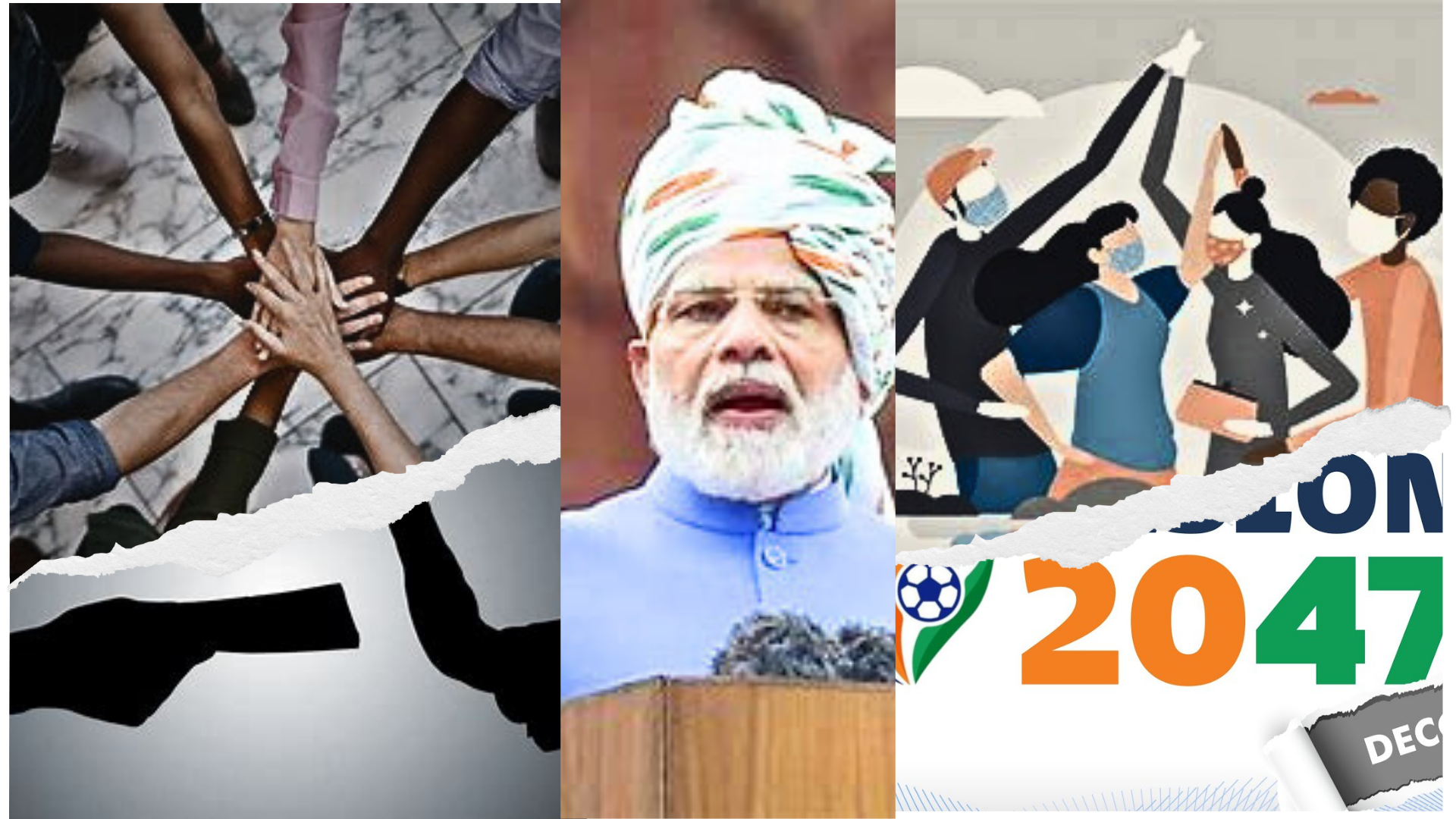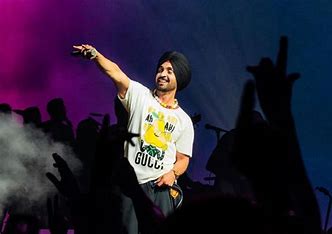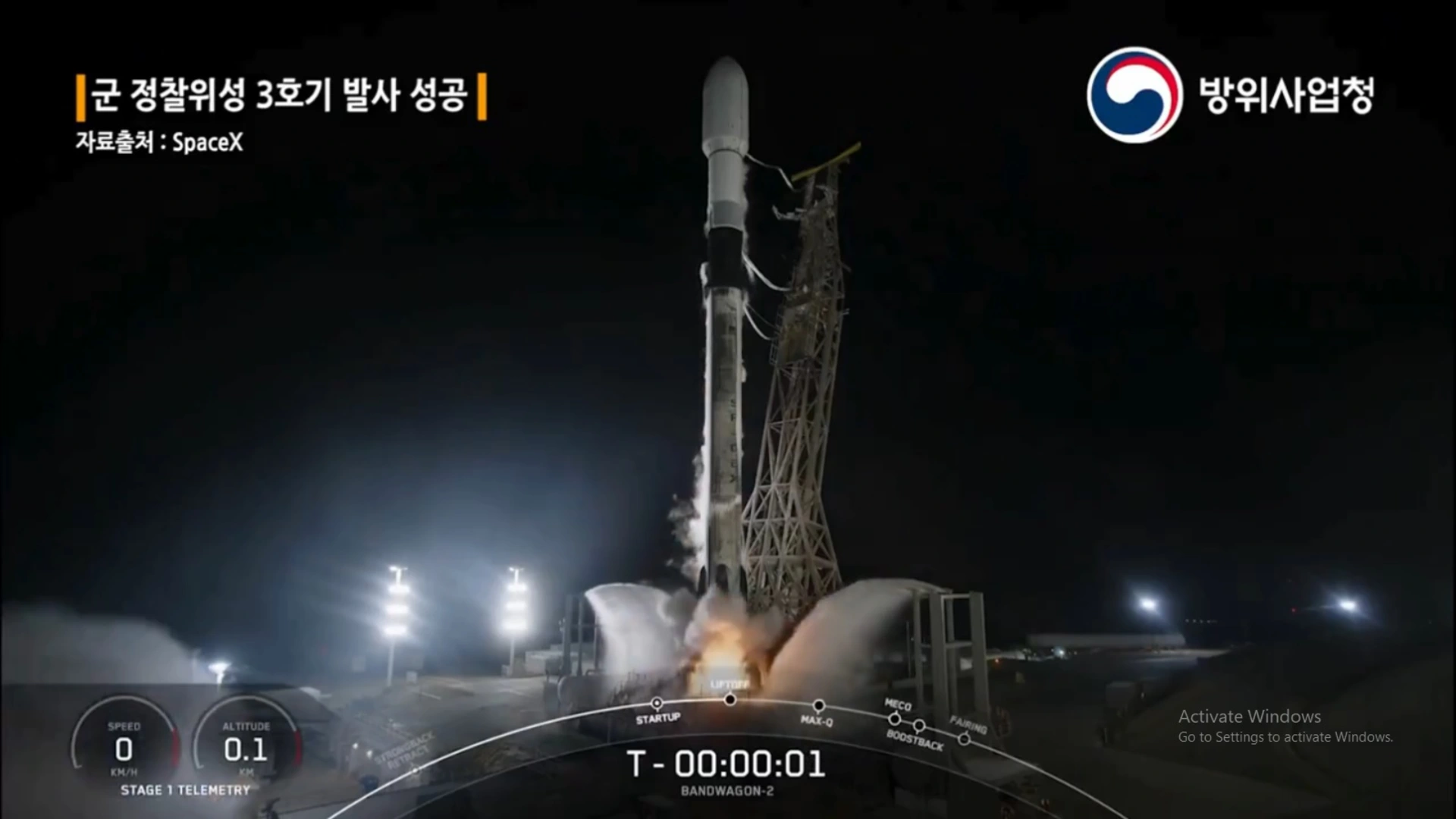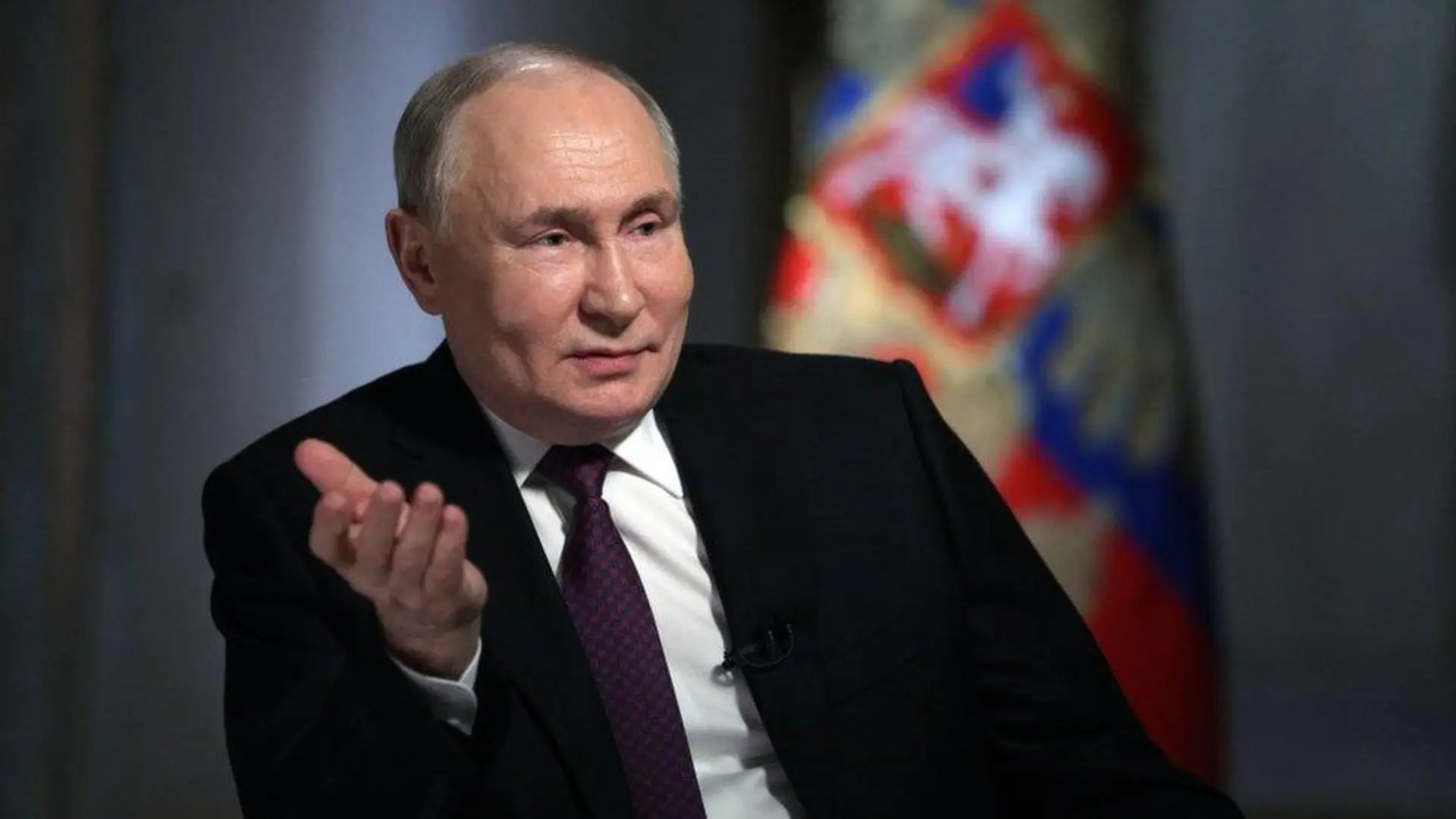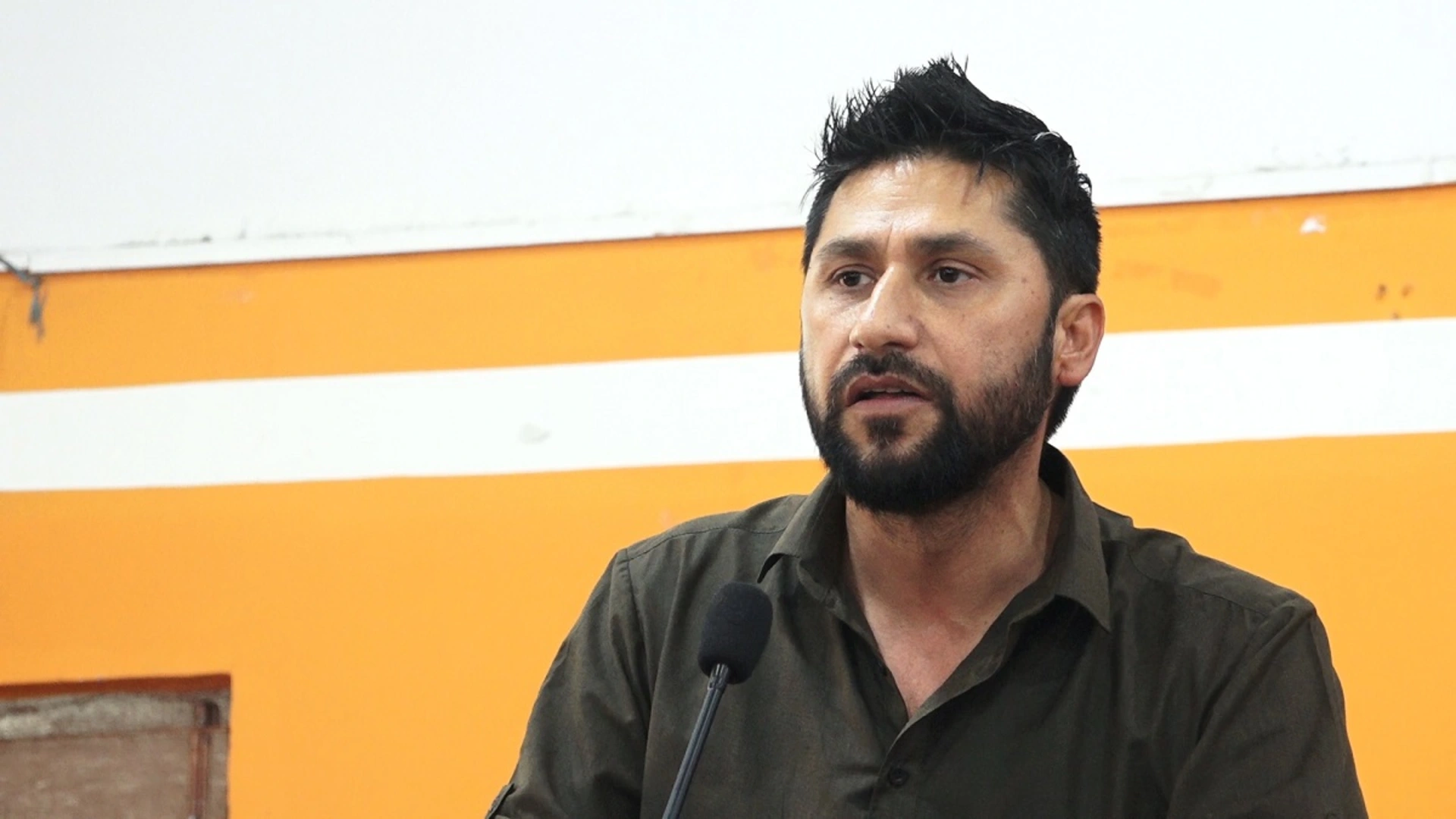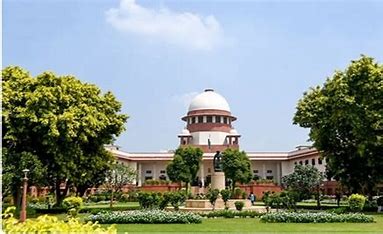Since taking office in 2014, Prime Minister Narendra Modi has used his Independence Day speeches to outline his vision for India and address key national issues. As he delivers his eleventh address on August 15, 2024, marking the 78th Independence Day of India, we take a look back at the recurring themes and key messages from his speeches over the years.
2014: Embracing Inclusivity & Collaboration
In his inaugural Independence Day speech, PM Modi positioned himself as an outsider to the political elite of Delhi. He emphasized the importance of inclusivity and collaboration, invoking the Vedic phrase “Sangachhadhwam,” meaning, “We walk together, we move together, we think together, we resolve together, and together we take this country forward.” He also praised the role of the Opposition in the functioning of Parliament, acknowledging their contribution to important decisions.
2015: A Focus on Fighting Corruption
The following year, PM Modi turned his attention to combating corruption. He highlighted the increase in corruption cases filed by the CBI as evidence of his administration’s commitment to the cause, declaring that India can become a corruption-free nation with the collective efforts of its 1.25 billion citizens.
2016: Addressing Terrorism and Welfare
PM Modi’s 2016 speech covered a broad spectrum of issues, including terrorism, Maoism, and welfare initiatives. He announced a new healthcare scheme benefiting Below Poverty Line (BPL) families and extended solidarity to the people of Balochistan, Gilgit, and Pakistan Occupied Kashmir.
2017: Promoting Unity with ‘Bharat Jodo’
On the 75th anniversary of the Quit India movement, PM Modi focused on national unity with the slogan “Bharat Jodo” (Unite India). He denounced violence in the name of faith and promoted a vision of a united and peaceful India.
2018: Reporting Achievements
In 2018, PM Modi’s address served as a report card on the government’s achievements. He highlighted successes in sanitation, electrification, and the implementation of the Goods and Services Tax (GST). He also mentioned the constitutional status granted to the OBC Commission.
2019: Ideological Milestones
Returning to power with a larger mandate in 2019, PM Modi outlined his government’s ideological achievements, such as the abrogation of Article 370 and the ban on Triple Talaq. He also introduced the Jal Jeevan Mission, aimed at providing tap water to all rural households by 2024.
2020: Embracing Self-Reliance Amidst Covid-19
In the midst of the Covid-19 pandemic, PM Modi called for a self-reliant India in his 2020 speech. He framed the drive towards self-reliance as a collective national effort, with 130 crore Indians pledging to make the country self-sufficient.
2021: Vision for 2047
PM Modi’s 2021 speech focused on setting goals for India’s future by 2047. He emphasized the importance of “Sabka Saath, Sabka Vikas, Sabka Vishwas, and now Sabka Prayas” (Everyone’s Support, Everyone’s Development, Everyone’s Trust, and now Everyone’s Effort) in achieving national goals. He outlined targets for welfare schemes, including universal access to roads, bank accounts, Ayushman Bharat cards, and gas connections.
2022: The “Panch Pran” and National Resolve
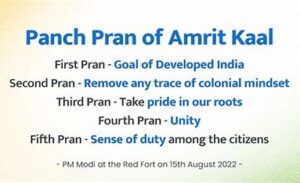
In 2022, PM Modi introduced the “Panch Pran” (Five Resolutions) for the next 25 years, which included striving for a developed India, eliminating the mentality of servitude, celebrating India’s rich heritage, fostering unity, and instilling a strong sense of responsibility among citizens.
2023: Realising India’s Potential
In his 10th Independence Day address, PM Modi spoke about the importance of seizing the moment to realize India’s potential. He described India as being at a critical juncture, poised to shape the emerging new world order in the wake of the COVID pandemic. He promised a “New India” with a bright future over the next five years.
As PM Modi prepares to deliver his 2024 address, these recurring themes and key messages from his previous speeches continue to shape his vision for India’s future.

